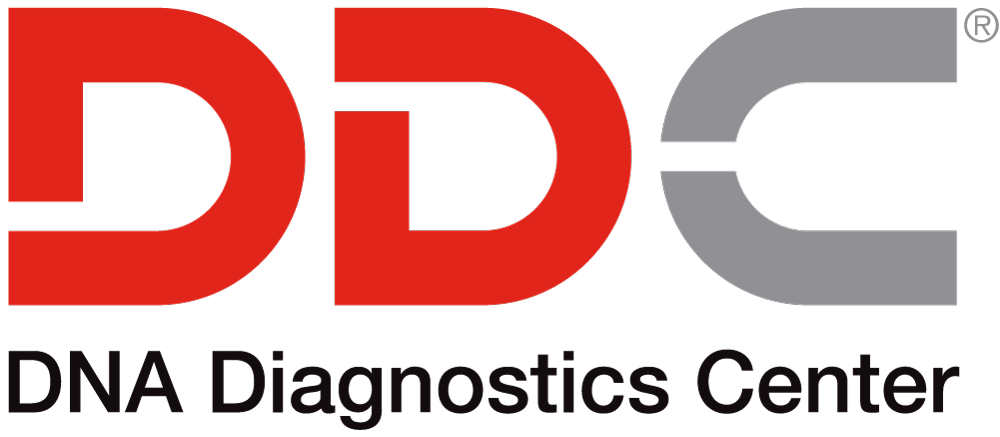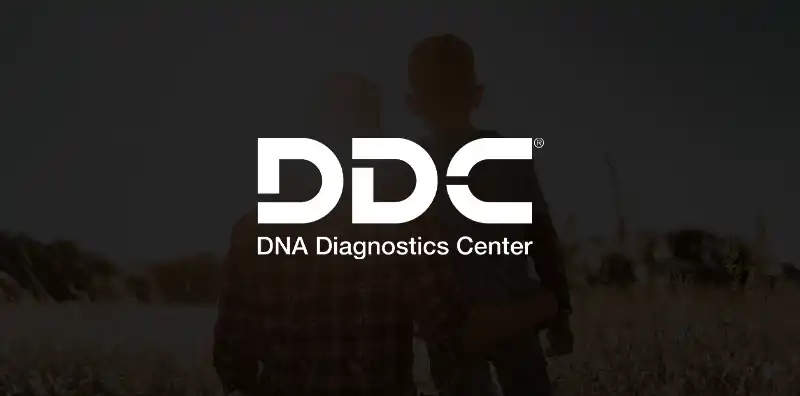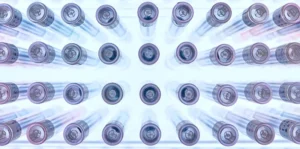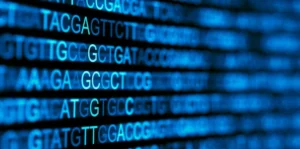MAY 27, 2014
Why Genetic Traits Matter in DNA Testing
Thanks to genetic reconstruction techniques using DNA testing methods, a statistically significant estimation of paternity can often be determined by testing an alleged father’s biological relatives. These results are reliable enough to be used as proof for social security benefits, inheritance claims, immigration applications and more.
Since the 1990s, paternity testing methods have shifted away from blood types to focus on the presence of particular genetic markers. In genetic reconstruction, testing labs compare the DNA profile of a child against the DNA profiles of close biological relatives (full siblings or biological parents) of the alleged father.
Even though each person’s DNA profile is unique, close relatives share a number of genetic markers that they inherit from their parents. Genetic reconstruction at a genetic testing lab like DDC identifies those markers. When there are sufficient genetic markers in common, a biological relationship can be established.
The results will be more accurate depending on the closeness of the relationship of the tested family members and the number of the family members that can be tested. If only two of the alleged father’s close relatives are available to take the test, the child’s mother should be tested to achieve the best results. If the child’s mother isn’t available, testing can proceed, but may not be able to establish whether or not there is a biological relationship among the tested parties.
When enough markers from close relatives match the tested party, genetic testing can often provide the statistical evidence to support or not support the proposed relationship. When enough family members are tested, probabilities of 99% or greater are often achieved.
When the Alleged Father Isn’t Available
On occasion, the alleged father isn’t available for testing. He may be in an undetermined location, or is unwilling to be tested. Persistence and a little digging on the part of the family can solve some of these dilemmas. Hospitals or morgues may be able to provide tissue or blood samples suitable for DNA testing. A recent abstract study on paternity testing notes that it has become possible to determine paternity using DNA from a variety of different sources.
However, if there is absolutely no access to a DNA sample from the alleged father, avuncular testing can show if someone is biologically related to a sibling of the alleged father (the person’s aunt or uncle). Generally, a genetic report will indicate the probability of relatedness and provide you with a likelihood ratio similar to a genetic reconstruction report.
The limitation of avuncular testing is that an aunt or uncle shares only 25% of their DNA with a niece or nephew. Since DNA is randomly inherited from our parents — there’s not a set, pre-determined set of DNA markers passed down from every parent to every child — siblings may or may not share significant amounts of DNA from their parents to establish a biological relationship.
When the alleged father is unavailable for testing, other relatives need to be brought in to increase the accuracy of DNA testing results. Including the mother in testing allows an accounting for a full half of the child’s genetic material, providing more accurate results. The potential for significant results in genetic reconstruction is increased the more members of the family pedigree that are available for testing.
Complex Family Testing Situations
When the availability of family members to be tested is extremely limited, additional testing with more genetic markers can often be helpful. DDC has developed genetic marker panels for complex family relationship studies that incorporate additional DNA locations to examine. Also, other testing techniques such as Y-STR, X-STR and Mt-DNA testing may be of help. These tests are useful for establishing common male and female lineages.
Genetic Reconstruction Testing
Collecting DNA for genetic reconstruction uses a cheek (buccal) swab. A special cotton swab is rubbed on the inside of the cheek or in the mouth to gather cells for testing. Buccal swabs are non-invasive and safer and easier to collect and ship than blood samples.
Samples are collected using a “chain of custody” process that ensures the results will be accepted by Courts and other government agencies. You will go to a neutral third-party location such as a local laboratory or hospital for the collection of your samples.
At your sample collection appointment, you’ll be asked to provide the following types documentation for the chain of custody:
- Show your government-issued identification (for adults) or birth certificate or social security card (for minors).
- Be photographed and fingerprinted.
- Complete a Client Identification and Consent Form (with the minor’s consent form signed by the legal guardian).
About DNA Diagnostics Center (DDC)
DNA Diagnostic Center is the world leader in paternity and relationship testing. We serve healthcare professionals, government agencies, and individuals around the world to determine family relationships with trusted accuracy.
More Questions? Don’t hesitate to call us: we’re here to help!
CALL NOW